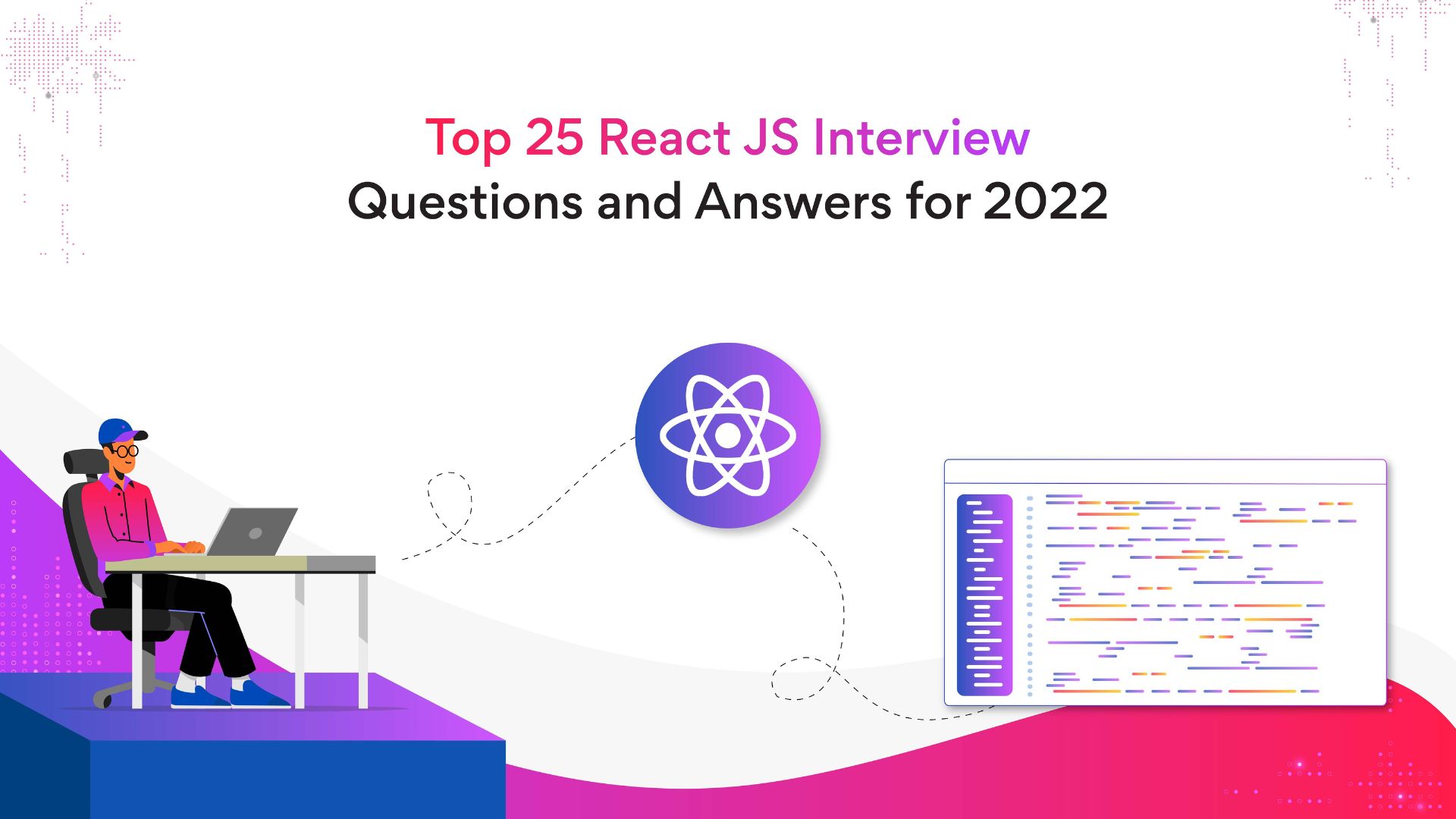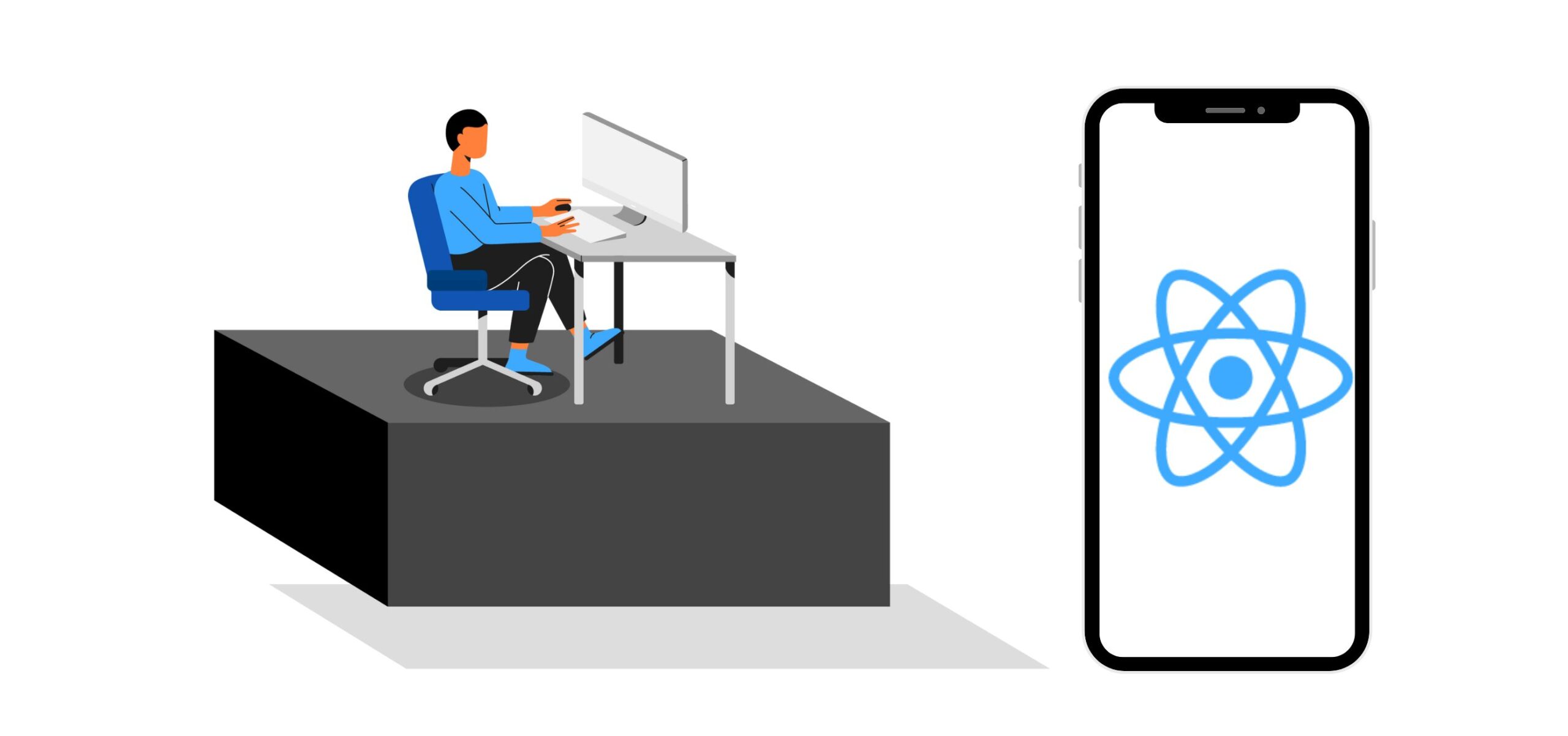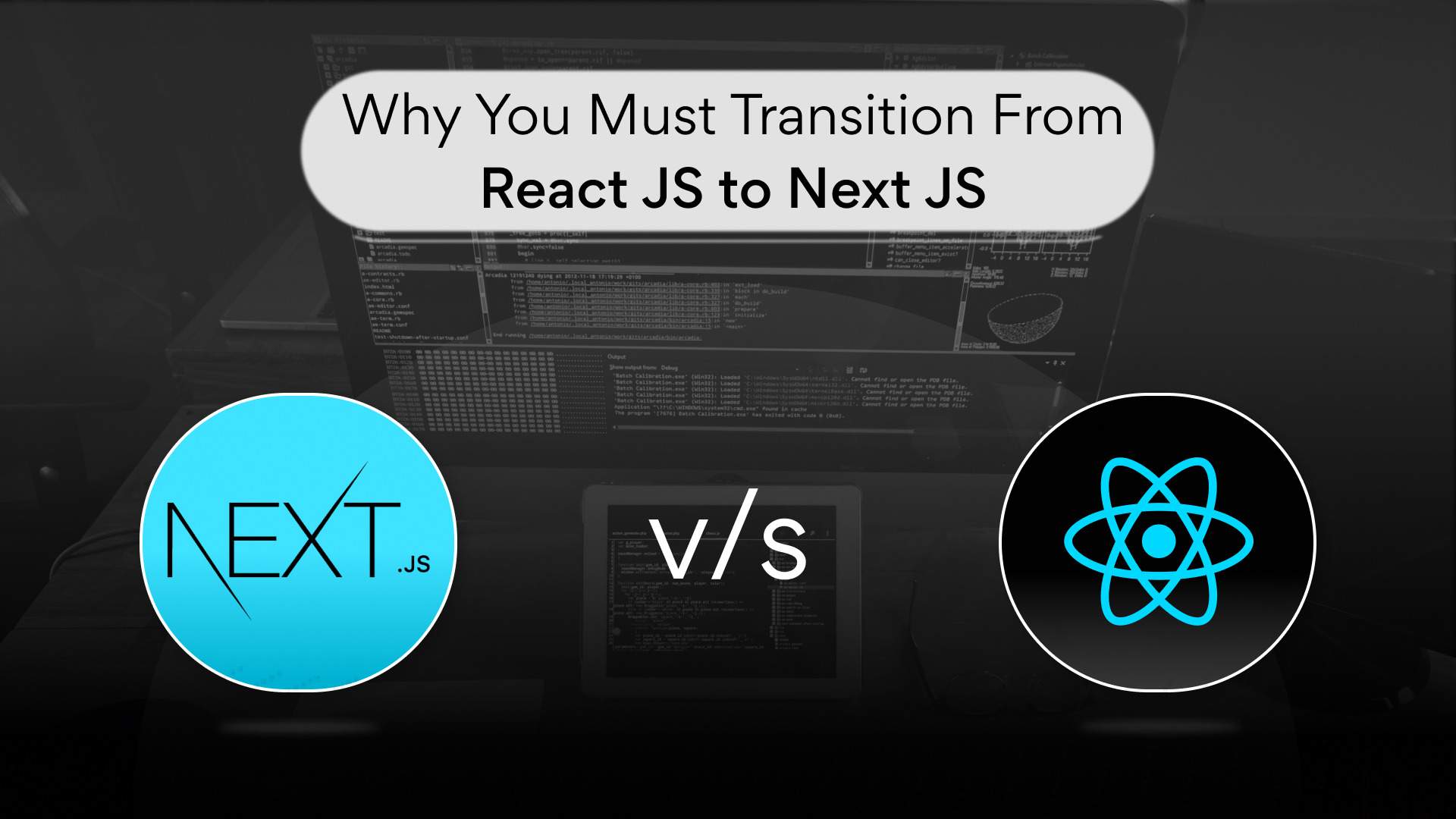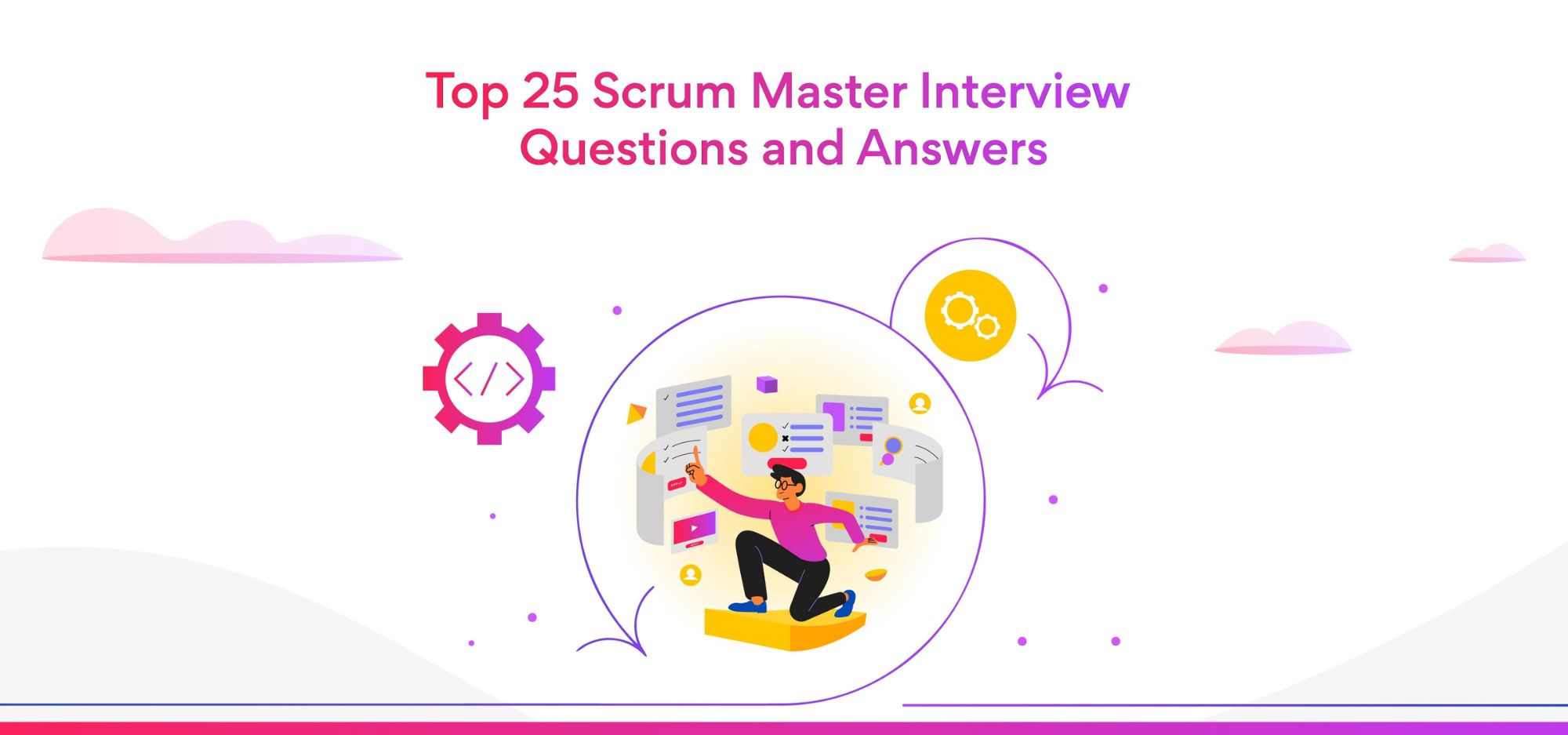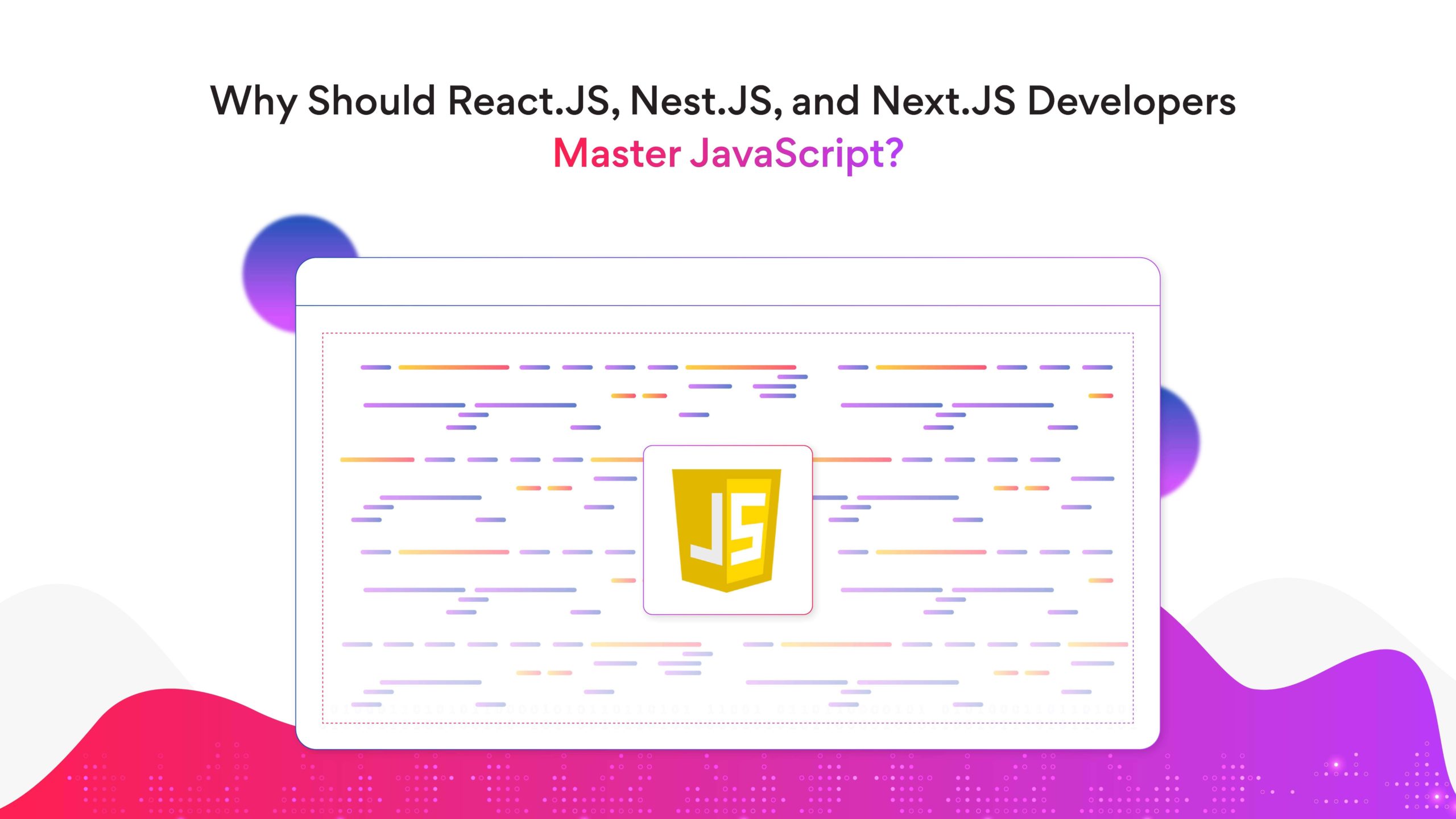Top 25 React JS Interview Questions and Answers for 2023
What questions should I ask my React developer? What should I ask in a React JS interview? Which are the popular React JS interview questions? Looking for answers to these questions? Look no further. Here’s a list of the most popular React JS interview questions and answers for 2023.
Introduction
React is a JavaScript framework library that allows developers to create simple, quick, and scalable online applications. The framework is efficient, adaptable, and open-source. Jordan Walke, a software engineer at Facebook, built React. The framework was originally used for Facebook’s news feed in 2011 and then for Instagram in 2012.
React allows developers to build online applications with ease. Therefore, React is currently one of the most popular front-end technologies. More and more firms are adopting it, and if you’re on the same bandwagon, then you need to hire great React JS developers too.
However, companies find it difficult to hire React JS developers these days because of high competition and limited supply. You need a great hiring process to attract great React JS developers. And no great hiring process is complete without a set of solid interview questions.
So, here is a list of the 25 most popular React JS interview questions and answers to be familiar with in 2023—no matter if you’re a hiring manager or a developer.
Top 25 React JS interview questions and answers
-
What is the meaning of JSX?
JavaScript XML is abbreviated as JSX. React uses JSX to bring out the essence of JavaScript and its full potential.
JSX even exposes HTML and JavaScript’s simple syntax. This function ensures that the generated HTML file is easily readable, improving the application’s overall performance. -
Can browsers read a JSX file?
Browsers can’t read JSX files natively. They can only read the objects that JavaScript provides. To get a browser to read a JSX file, it must first be converted to a JavaScript object using JSX transformers, and then it can be given to the browser for usage in the development pipeline.
Related post: How to Hire React JS Developers? -
What is the Flux concept In React?
The Flux architecture concept is commonly used by Facebook while designing client-side web applications. Flux is not a library or a framework; it’s a new type of architecture that works in tandem with React and the Unidirectional Data Flow notion. -
Define Redux.
Redux is a front-end development framework. It is a state container for JavaScript apps that manages the state of the applications. Developers can test and execute a Redux-based application in various contexts. -
What is the ‘Store’ feature in Redux?
Redux offers a feature called ‘Store’ that allows developers to save the full state of any application in one location. Resultantly, all its components get saved in one location, allowing developers to receive regular updates directly from the store. The single state tree makes it easier to trace changes over time and troubleshoot the application. -
What is an action in Redux?
Redux is an action object-returning function. The action object stores the action type and action data. Data can be transferred between the store and the software application using actions. The operations generate all of the data that the store retrieves.
Related post: Here’s Why You Should Choose ReactJS for Your Project -
Name the important features of React
Here are the important features of React:
- Time-saving
- Offers a faster development cycle
- Provides simplicity in development
- Complete support from Meta
- Offers code stability with one-directional data binding
- Offers many components
-
What is Virtual DOM and how does Virtual DOM work?
Virtual DOM is a lightweight JavaScript object. It’s a replica of the original DOM. A virtual DOM is a tree of nodes that lists elements, their attributes, and content as objects with properties.
The render() function in React JS is in charge of constructing a node tree out of React components. In the development process, the tree is updated in response to data model mutations caused by various user and system actions.
The virtual DOM operates in three simple steps:
- Step 1: The entire UI is re-rendered in Virtual DOM representation as soon as there are some underlying data changes.
- Step 2: The system calculates the difference between the previous DOM representation and the new one.
- Step 3: After the calculations are successfully carried out, the real DOM is updated in line with the changed items.
-
How does the Real DOM differ from the Virtual DOM?
Difference between Real DOM and Virtual DOM:
- DOM Manipulation: The real DOM is expensive. On the other hand, virtual DOM is affordable.
- Element Update: When an element is updated, the real DOM creates a new DOM. Instead of updating the JSX, Virtual DOM updates the JSX.
- Memory Wastage: The real DOM consumes a significant amount of memory, whereas the virtual DOM consumes none.
- Update Speed: The real DOM updates slowly. The virtual DOM updates faster.
- Updating HTML: The real DOM can update HTML directly, whereas the virtual DOM cannot.
-
What are the lifecycle methods of React components?
Here are the lifecycle methods of React components:
- componentDidMount(): Executes on the client-side after the first render.
- componentDidUpdate(): Called immediately after rendering takes place in the DOM.
- componentWillMount(): Executes immediately before rendering starts on both the client-side and the server-side.
- componentWillReceiveProps(): Invoked when the parent class receives props and before another render is called.
- componentWillUnmount(): Clears the memory space, and is called immediately after the DOM unmounts the component.
- componentWillUpdate(): Called right before rendering takes place in the DOM.
- shouldComponentUpdate(): Returns either true or false. Though false by default, needs to be set to return true if the component needs to be updated.
-
What is the difference between React router and conventional routers?
Here is the difference between React router and conventional routers:
- Changes in the URL: In traditional routing, an HTTP request is made to a server to receive a corresponding HTML page.
- Navigation: For each unique view, the user navigates across different web pages in traditional routing. Users that utilize React routing believe they are browsing between different web pages when they aren’t.
- Pages: Each view in React routing relates to a new file, but in traditional routing, each view corresponds to a new file.
-
What is the difference between props and stats?
Here is the difference between props and stats:
- Props allow changes inside child components, but the state does not.
- Props cannot be used to make changes inside the component, but the state can.
- The state does not let a parent component change the value, whereas props do so.
-
What is the difference between Redux and Flux?
Here is the difference between Redux and Flux:
- Dispatcher: There is no dispatcher in redux. On the other hand, flux has a single dispatcher.
- Number of Stores: While flux has several stores, there is only a single store for redux.
- State: State is mutable for flux but immutable for redux.
- Store: In flux, the store contains state and change logic. On the other hand, the store in redux is separate from the change logic.
- Store Type: All stores in flux are disconnected and flat. This is not the case with redux.
-
What is your take on the following statement “In React, everything is a component”?
Components are the UI building pieces of any React application. Any React-based app’s user interface can be broken down into a number of small, self-contained, and reusable components.
Each component in React is rendered independent of the others. As a result, rendering a component has no influence on the rest of the app’s UI.
Related post: React Native vs. Swift: iOS Mobile App Development -
What is component-based architecture of React?
Components are foundations in React that create user interfaces for apps. All of the separate entities become entirely reusable and independent of one another once the component-based system is in place. This step implies that displaying the application is simple and not reliant on other UI elements. -
How does rendering work in React JS?
Rendering is a crucial part of React JS because each component requires it.
The render() function returns an element representing a DOM component after it is called. By encompassing the HTML tags and running them through the render method, developers can render many HTML elements simultaneously. -
What are states in React?
States in React JS are regarded as a data or object source that regulates features, such as component behavior and rendering. States make developing dynamic and interactive components simple. -
What is a higher-order component in React?
A higher-order component (HOC) is a popular React approach for implementing component reusability logic. HOCs aren’t part of the React API by default, but they allow users to reuse code and bootstrap abstraction.
HOCs allow easy sharing of behaviors across all React components, enhancing the application’s efficiency and functionality. -
What is the ‘create-react-app’ command in React?
The create-react-app command in React is a simple command-line interface (CLI) for creating React applications that don’t require any build setup.
When utilizing the CLI, all tools are pre-configured, allowing users to concentrate on the code rather than the application’s dependencies. -
Mention the benefits of the create-react-app command?
Here are some advantages of the create-react-app command in React:
- Support for JSX, ES6, and flow statements
- Already built and ready auto-prefixed CSS
- Fast interactive testing components
- Live development servers that help in debugging
- Scripts to handle JSS, CSS, and other files
-
What are synthetic events in React?
In React, synthetic events are objects that operate as cross-browser wrappers, allowing native events. This function ensures that the API can be used in a range of browsers and that the event contains all properties.
Related post: React vs. Angular: Which JS Framework Should You Choose? -
What are stateful components in React?
Stateful components are entities that keep track of changes and store them in memory. -
What are ‘refs’ in React?
‘Refs’ is short for references in React. Refs command stores a reference in a single React element or a React component. This reference can also return using the render function.
Refs are mainly used in the following scenarios:
- To initiate imperative animations
- To join third-party DOM libraries
- To manage focus and apply media playback
-
What are controlled components in React?
Components that can keep their state are controlled components in React. The parent component has complete control over the data, and props retrieve the current value. When employing callbacks, controlled components notify developers of any changes that may occur. -
Are there any limitations to React?
There are several limitations to React, including:
- It is more of a library than a framework.
- The library’s contents are so vast that comprehending them takes a significant time.
- It is difficult to comprehend.
- When inline templating and JSX come into use, the coding process becomes more difficult.
Bottom line
As a developer, learn the basics of React and JavaScript before jumping to these questions. Also, go through multiple sources to solidify your learning.
On the other hand, as a recruiter, no matter which hiring strategy you decide to implement, it’s essential to have a good interview process in place. So, make sure that you build a solid interview panel that is familiar with the basic as well as advanced React interview questions to help you hire the best candidates.
If you are struggling to hire React JS developers and are unable to freeze a good hiring strategy, try Turing.com.
Turing fulfills a wide array of hiring needs for small to large enterprises. With Turing, companies can hire pre-vetted experienced React JS developers in no more than 3-5 days.
FAQs
What questions should I ask my React developer?
Here are a few popular React JS interview questions:
- What is ReactJS in detail?
- What is ReactJS mainly used for?
- Is React front end or back end?
- What is JSX in React?
- What is the full form of JSX?
- Does React need HTML and CSS?
What should I ask in a React JS interview?
Ask a mix of non-technical and technical questions.
Technical React JS interview questions:
- What is virtual DOM?
- How do you create a React app?
- What is an event in React?
Non-technical React JS interview questions:
- What are your weaknesses?
- Why should we hire you?
- Why did you leave your last job?
What is React JS in detail?
React JS is a free and open-source front-end JavaScript library. It is used for building user interfaces based on UI components. It is maintained by Meta and a community of individual developers and tech companies.
Join a network of the world's best developers and get long-term remote software jobs with better compensation and career growth.
